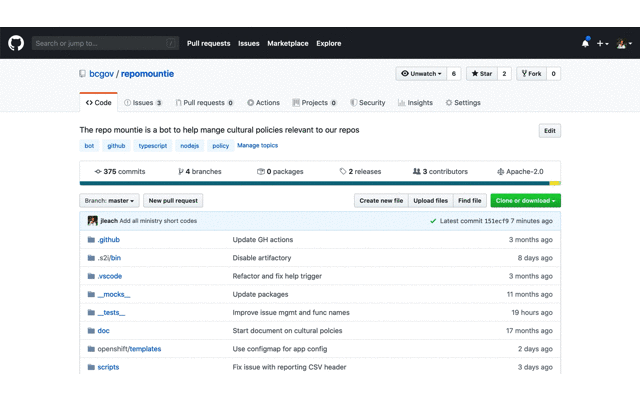An R package of spatial map layers for British Columbia.
bcmaps provides access to various spatial layers of British Columbia,
such as administrative boundaries, natural resource management
boundaries, watercourses, census boundaries, etc. All layers are
available as sf objects in the BC
Albers projection, which
is the B.C. Government standard.
Most layers are accessed directly from the B.C. Data Catalogue using the bcdata R package under the hood. See each layer’s individual help file for more detail.
IMPORTANT NOTE Support for Spatial objects (
sp) was removed in {bcmaps} v1.3.0. Please usesfobjects with {bcmaps}. A discussion on the evolution of the spatial software stack in R can be found here: https://r-spatial.org/r/2022/04/12/evolution.html.
You can install bcmaps from CRAN:
install.packages("bcmaps")To install the development version of the bcmaps package, you need to
install the remotes package then the bcmaps package.
install.packages("remotes")
remotes::install_github("bcgov/bcmaps")To see the layers that are available, run the available_layers()
function:
library(bcmaps)
available_layers()Most layers are accessible by a shortcut function by the same name as
the object. Then you can use the data as you would any sf object.
library(sf)
bc <- bc_bound()
plot(st_geometry(bc))Getting Started with
bcmaps
Working with bcmaps layers and point
data
You can also view vignettes by typing browseVignettes("bcmaps") in
your R session after you install bcmaps.
To report bugs/issues/feature requests, please file an issue.
Pull requests of new B.C. layers are welcome. If you would like to contribute to the package, please see our CONTRIBUTING guidelines.
Please note that this project is released with a Contributor Code of Conduct. By participating in this project you agree to abide by its terms.
The source datasets used in this package come from various sources under
open licences, including the B.C. Data
Catalalogue (Open Government Licence - British
Columbia)
and Statistics Canada (Statistics
Canada Open Licence
Agreement). See the
data-raw folder for details on each source dataset.
# Copyright 2017 Province of British Columbia
#
# Licensed under the Apache License, Version 2.0 (the "License");
# you may not use this file except in compliance with the License.
# You may obtain a copy of the License at
#
# http://www.apache.org/licenses/LICENSE-2.0
#
# Unless required by applicable law or agreed to in writing, software distributed under the License is distributed on an "AS IS" BASIS,
# WITHOUT WARRANTIES OR CONDITIONS OF ANY KIND, either express or implied.
# See the License for the specific language governing permissions and limitations under the License.









